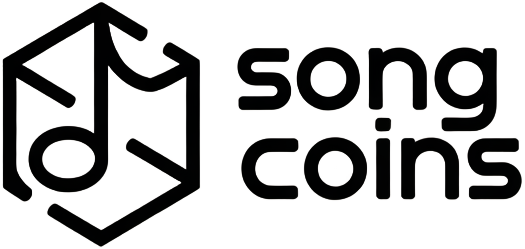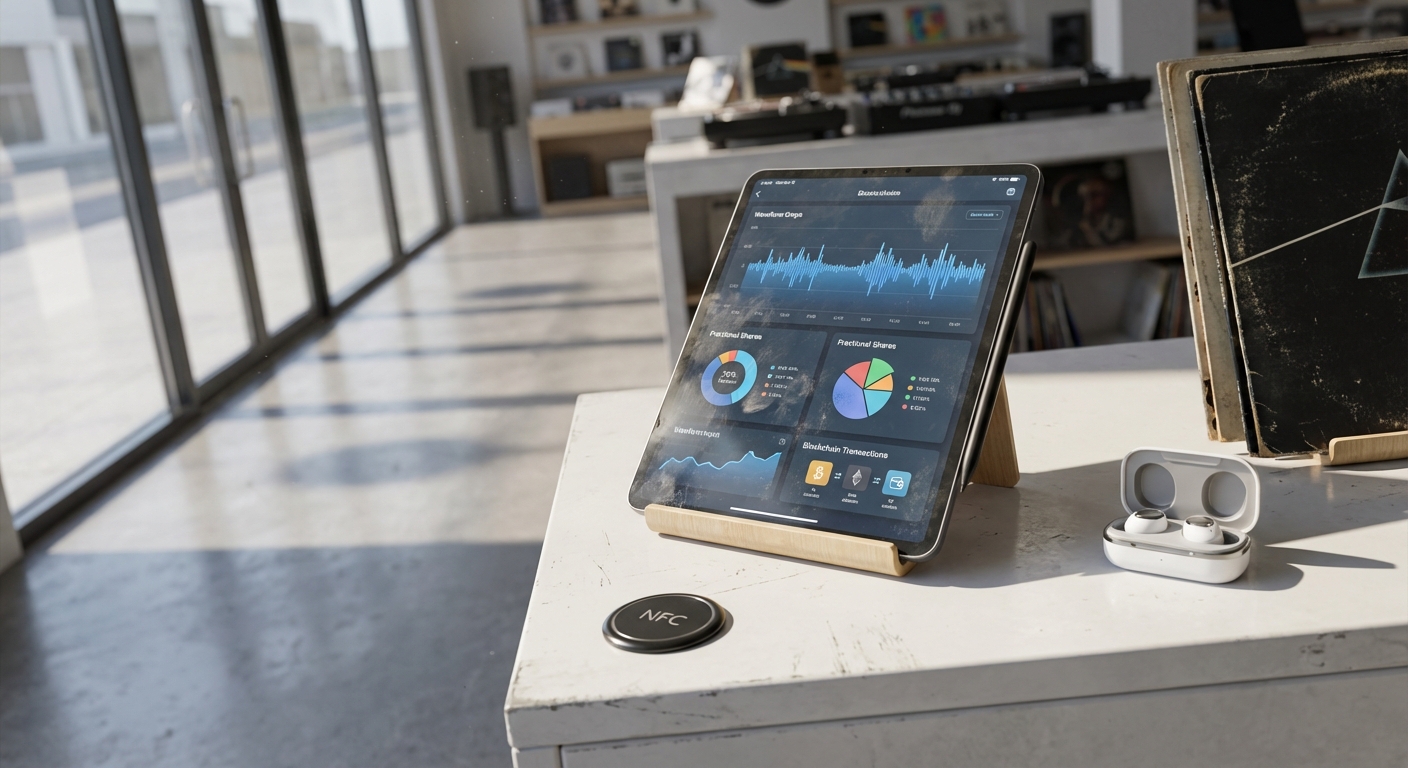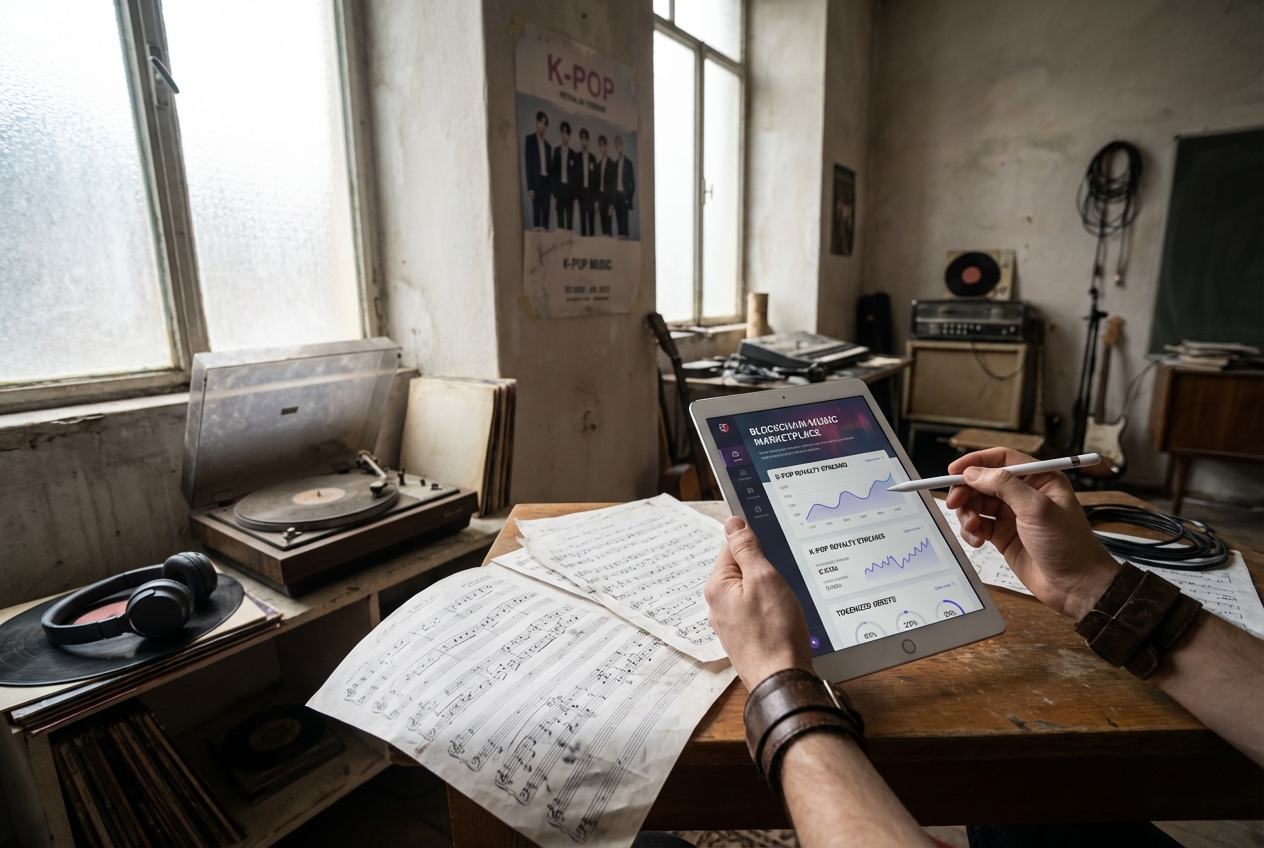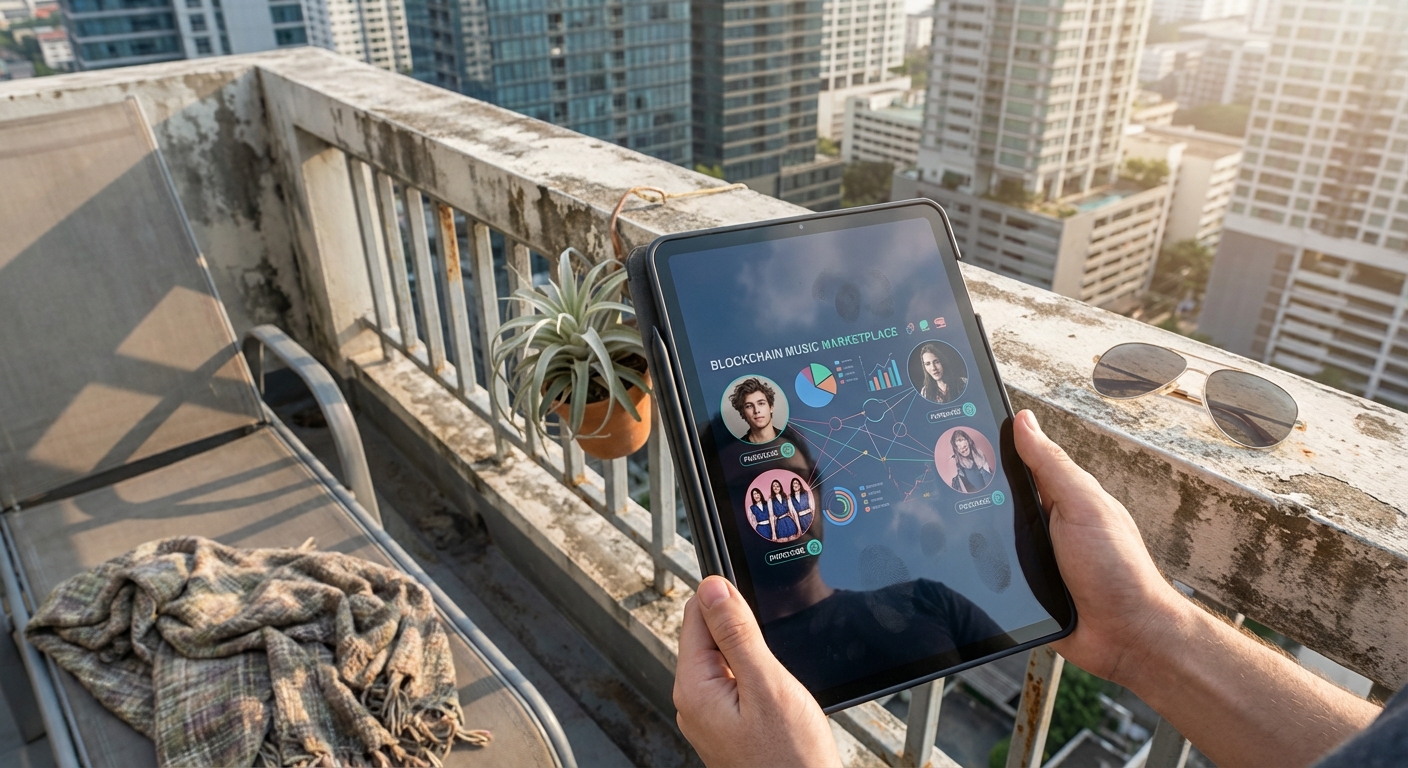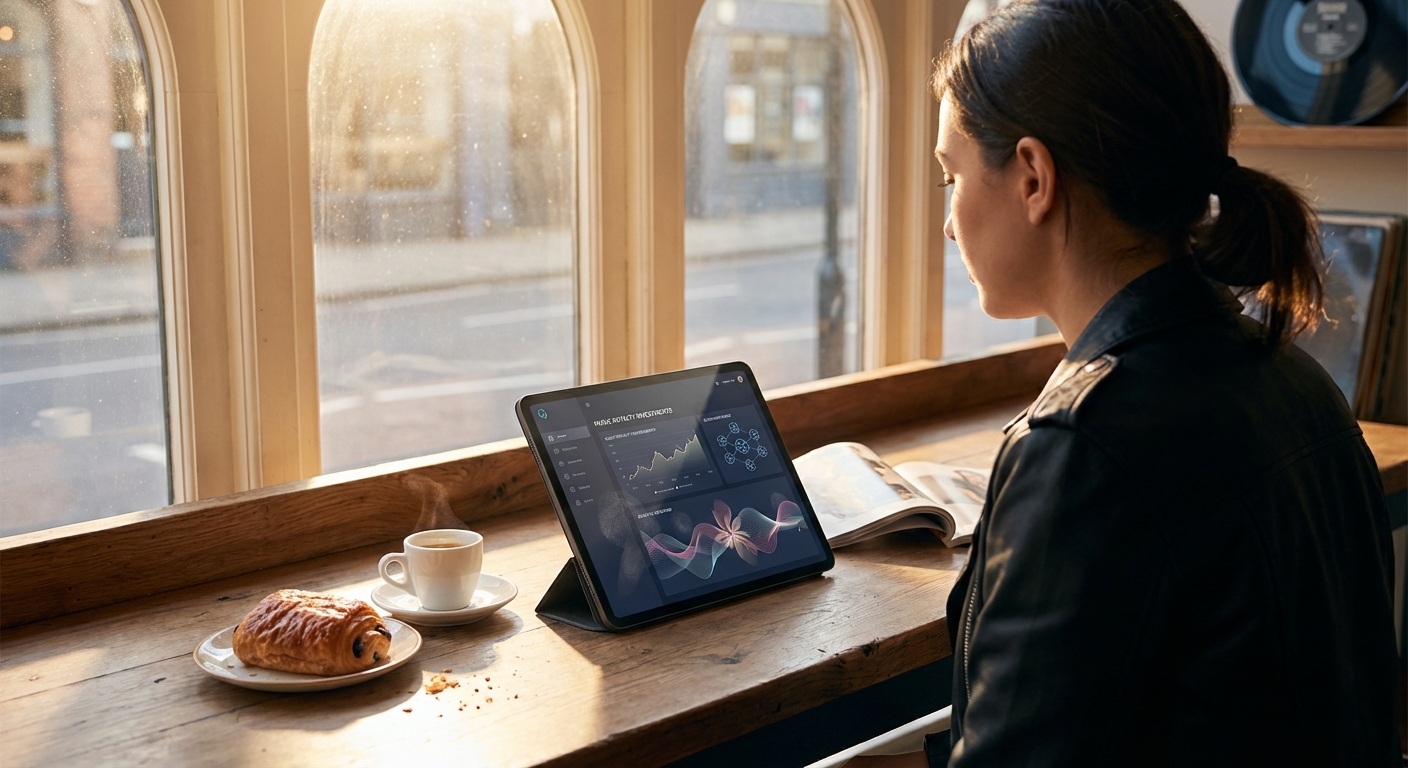
Tokenized music royalties are rapidly reshaping how artists, investors, and fans interact with the value created by music. By leveraging blockchain technology, platforms like Aria Protocol, Opulous, and the $APL (Apollo Music Token) enable fractional ownership of royalty streams and transparent revenue sharing. The result is a more inclusive, liquid, and dynamic music royalty marketplace, one where anyone can participate in the upside of iconic tracks or emerging hits.

From Copyright to Crypto: How Tokenization Unlocks Music Value
Traditionally, music royalties were confined to opaque contracts and inaccessible secondary markets. Only a select few, major labels, publishers, or specialized funds, could invest in valuable catalogs. Blockchain-based tokenization changes this paradigm by converting royalty rights into digital tokens that can be bought, sold, or staked by anyone with an internet connection.
This process creates fractional music ownership, letting fans and investors acquire small portions of songs or catalogs. Revenue from streaming, licensing, or other sources is then distributed proportionally to token holders. Not only does this democratize access to one of the world’s most enduring asset classes, it also brings liquidity and transparency to a market long plagued by friction.
Aria Protocol: IPRWA Tokens and The $APL Music IP Revolution
Aria Protocol stands out for its innovative approach to bringing real-world music assets on-chain. Its flagship product is the $APL token, which represents partial income rights to a curated catalog of 48 songs performed by superstars such as Justin Bieber, Miley Cyrus, BLACKPINK, and BTS. These rights were acquired using $10.95 million raised through StakeStone’s LiquidityPad in February 2025.
The current market price for $APL sits at $0.9382, reflecting both its underlying royalty streams and market demand. When investors purchase $APL tokens on Aria’s marketplace, they are essentially buying a share of future royalty income generated by these iconic tracks.
The protocol employs an elegant staking mechanism: holders can stake their $APL tokens to receive $stAPL (staked APL), which appreciates in value as Aria buys back $APL from collected royalties and deposits it into the staking contract. Over time, while your $stAPL balance stays constant, its exchange rate against $APL rises, mirroring the accrual of real-world cash flows from streaming platforms and other sources.
This model empowers everyday investors to participate in music revenue streams once reserved for industry insiders, while artists benefit from upfront capital without sacrificing all future earnings.
Opulous: Music Fungible Tokens (MFTs) and Real Fan Investment
Opulous takes a slightly different but equally compelling approach with its Music Fungible Tokens (MFTs). Built on Algorand’s blockchain infrastructure, Opulous enables artists to mint tokens directly linked to their copyright shares. For example, when Lil Pump and Soulja Boy released their track “Mona Lisa, ” Opulous facilitated an MFT sale where each token represented a slice of future streaming revenue from that song.
MFTs come in various tiers, each offering different royalty percentages at corresponding price points, and pay out quarterly royalties directly to holders’ wallets based on actual listening data from Spotify, Apple Music, and other DSPs. This not only provides immediate funding for musicians but also lets fans become genuine stakeholders in their favorite songs’ success stories.
- Transparency: All transactions are recorded on-chain for verifiable ownership and payment history.
- Liquidity: Investors can trade MFTs on secondary markets any time they wish.
- Diversification: Fans can build portfolios spanning genres or artists, spreading risk while supporting creativity they believe in.
$APL (Apollo Music Token): Price Dynamics and On-Chain Royalty Flows
The role of price discovery is central in these new markets. With $APL trading at $0.9382 as of October 30th 2025, every movement reflects not just speculation but also expectations around future cash flows from BTS’s latest hit or BLACKPINK’s global tours. As more royalties are collected and distributed via buybacks or direct payouts, the economic foundation supporting each token becomes more robust, and so too does investor confidence in this new asset class.
Platforms like Aria Protocol, Opulous, and the $APL Music IP Token are not just digitizing music rights, they’re fundamentally changing who can participate in music’s financial upside. By lowering the barriers to entry, these platforms create an environment where anyone can own a stake in songs that define generations, or support emerging artists with the potential to become tomorrow’s icons.
Risks and Rewards: What to Know Before Investing
While the benefits of tokenized music royalties are compelling, it’s important to understand the nuances and risks involved. Royalty streams can be unpredictable, streaming numbers may fluctuate, new releases might underperform, and copyright disputes could impact payouts. The secondary market for music royalty tokens is still evolving, so liquidity may not always be guaranteed.
However, these risks are balanced by unique advantages:
- Passive Income: Investors receive royalty distributions automatically as tracks generate revenue across streaming platforms worldwide.
- Diversification: Music royalties have historically shown low correlation with traditional equities or crypto markets, offering a potential hedge during volatility.
- Direct Artist Support: Artists accessing upfront capital through token sales retain creative control while sharing success with their audience.
The transparency of blockchain ensures that every transaction, royalty payment, token transfer, or buyback, is verifiable on-chain. This creates a level playing field for all participants and reduces information asymmetry that has long plagued traditional music investment deals.
Looking Ahead: The Future of Fractional Music Ownership
The momentum behind platforms like Aria Protocol and Opulous signals a broader shift in how intellectual property is valued and traded. As more catalogs are brought on-chain and global fanbases discover the power of fractional ownership, we can expect increased innovation, dynamic pricing models, cross-platform royalty aggregation, even AI-driven analytics for catalog valuation.
The current price of $APL at $0.9382 offers a real-time snapshot of how markets are assessing both risk and opportunity in this emerging sector. For investors seeking exposure to an asset class that blends culture with cash flow, and for artists determined to build sustainable careers without intermediaries, the rise of tokenized music royalties is an invitation to participate directly in the future of music finance.

If you’re ready to dive deeper into how these systems work under the hood, including step-by-step staking guides and real-world payout examples, explore our dedicated resources on how on-chain music royalties work.
